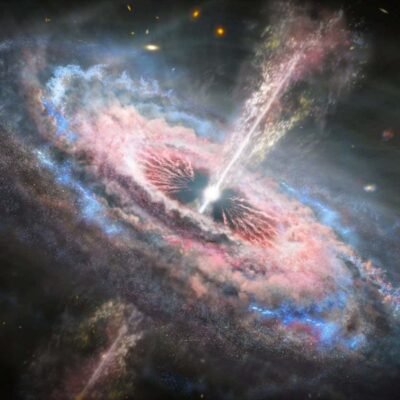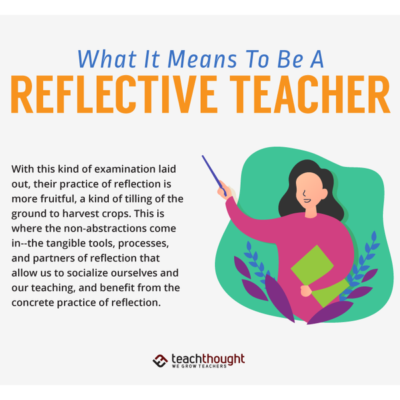We all have our Covid stories. If you’re old enough to read this, chances are that you remember—along with the other 8 billion witnesses—the single event that affected more people in less time than any other in the history of the world.
This decade opened with a humanitarian crisis that brought life as we knew it to a standstill. An invisible menace that brought fear, chaos and death to every corner of the globe. No culture, no government, no community, no industry and no faith was unaffected. And the Church of Scientology was no exception.
The documentary, “Operation: Do Something About It—The Scientology Response,” tells the story of “how the world’s youngest major religion harnessed the full power of its global network of facilities and volunteers in the largest humanitarian mobilization in the Church’s history.”
For the next two hours, through narration, footage, and testimony from those who were there, the story emerges of how this mission became a joyous life-saving crusade. Once COVID-19 becomes a reality and shutdowns begin, the Church of Scientology wastes no precious time with soul-searching, or “Why did this happen?” or “See you after it’s over” moments. “With millions of parishioners and volunteers across more than 120 nations and territories and more than 11,000 churches, missions and groups around the world, the Church of Scientology was faced with a monumental task: How to safeguard an entire global movement against a novel threat about which almost nothing was known,” the Narrator says.
Inspired by the words of founder L. Ron Hubbard: “An ounce of prevention is worth a ton of cure,” the Church decides that the best way to fight the virus is not to get it. And so, the race against time begins.
A team of researchers pours through reams of medical jargon and analyzes successful prevention methods employed in pandemics past. They distill the research into booklets—simple, illustrated how-tos to protect oneself and one’s loved ones against Covid. The booklets, translated into 21 languages, are distributed free—and utilizing the Church’s publication-distribution center, 7.5 million are produced and distributed, representing over 3,000 miles of paper. The Church’s research also winnows out inferior sanitizing agents (“it was only effective on 99.9 percent of Covid viruses”) and settles on environment-friendly D7 (99.9999 percent).
Armed with these two weapons: education—in the form of the booklets—and disinfection—D7 plus industrial-strength tools that can rapidly fog or mist considerable areas in hours—the Church is fully prepared for its mission. But there’s one more weapon needed, the most crucial of them all: people. The Scientology religion boasts one of the world’s largest independent relief forces—the Volunteer Ministers. With over 30 years of experience in disaster response, the yellow-jacket-clad VMs are on call around the world, poised to handle anything anywhere. With this third component in place, the Scientologists are ready to take on the world.
The camera follows the Church’s people as they wrestle the monster. First, it’s door to door handing out the Stay Well booklets to shopkeepers, restaurateurs, pharmacists and other business owners, quickly intercutting the same scene playing over and over again, in Tel Aviv, Paris, Berlin, Johannesburg, Sydney, Toronto, Denver, Barcelona, Rome, Hamburg. VMs walk into a business, explain what they’re doing, and then hand the owner a container of the booklets for himself and his patrons.
Next, it’s re-purposing the Church’s media production studios in Hollywood for producing PSAs, animations picturing the best ways to avoid contagion, downloadable booklets, and a YouTube video, “Spread A Smile,” recorded by sheltering-in-place Grammy Awardees including Chic Correa and Stanley Clarke, Mark Isham and David Campbell, along with myriad other familiar faces. “Spread A Smile” garners over 10 million YouTube views and is then expanded to a full-blown “Spread A Smile” concert, winning ten industry awards.
The pace of the film builds as the Church distributes food for 21,000 families in Kansas City, sanitizes 1,300 police vehicles and 700,000 square feet of emergency facilities in Greater Los Angeles, and disinfects houses of worship in Mexico, the UK and Italy—including the 300,000 square-foot Great Mosque of Rome, the largest mosque in the western world—so that worshipers can safely return. And all the while, they were providing supplies to those they’ve helped and educating them on how to use them.
The island of Aruba shuts down. With its borders closed, the country’s sole industry, tourism, is at a standstill. The Church’s humanitarian ship, the Freewinds, now designated by the island’s Prime Minister as an emergency response force, arrives with supplies and VMs. They distribute booklets in the three languages of the island and sanitize all public facilities, including the island’s airport. With first responders and public servants educated in the prevention protocols, Aruba can safely reopen its borders.
South Africa, among the hardest hit by the pandemic, gives itself to the VMs of Scientology. Responding to requests for help, first at the local, then provincial, then national level, the Scientologists perform their humanitarian chore. The numbers on the screen are staggering. One thousand hospitals, clinics, elder care, and childcare facilities sanitized, assisting over 100,000 people. More than 500 police departments along with police vehicles, plus over 14,000 fire engines and ambulances decontaminated. 1.1 million public transportation vehicles disinfected, safeguarding 9 million commuters. Nearly 100,000 public buildings—including those of the national government—sanitized, amounting to more than 11 billion square-feet, now safe once more for government leaders and lawmakers to occupy.
It’s likely that the film, which runs at just under 120 minutes, would be half that length, were it not for the parade of testimonials interspersed through the narrative. Religious leaders, grateful to have their flocks back; law enforcement and first responders happy to be back on the job thanks to the Scientologists help; civic leaders thankful that their community has been assisted; ordinary people wowed that so many strangers would care so deeply about them—and on and on.
Religions and their people present a balance in most cases. They face both inward and outward. When one prays for oneself and seeks more spiritual clarity, one looks inward. But a faith’s mission is incomplete if people concentrate only on themselves. So, any religious community worth its salt also faces outward—caring for the broader community through charitable works, education, and, most of all, volunteerism. Operation: Do Something About It—The Scientology Response chronicles what happens when a religious community turns its attention 100 percent outward and offers its help effectively, promptly, and—as some who benefitted would say—miraculously.
It’s an example of what we can do if—just once—we could all just pull in the same direction.
Operation: Do Something About It—The Scientology Response is available on DIRECTV 320 and streams at Scientology.tv.




